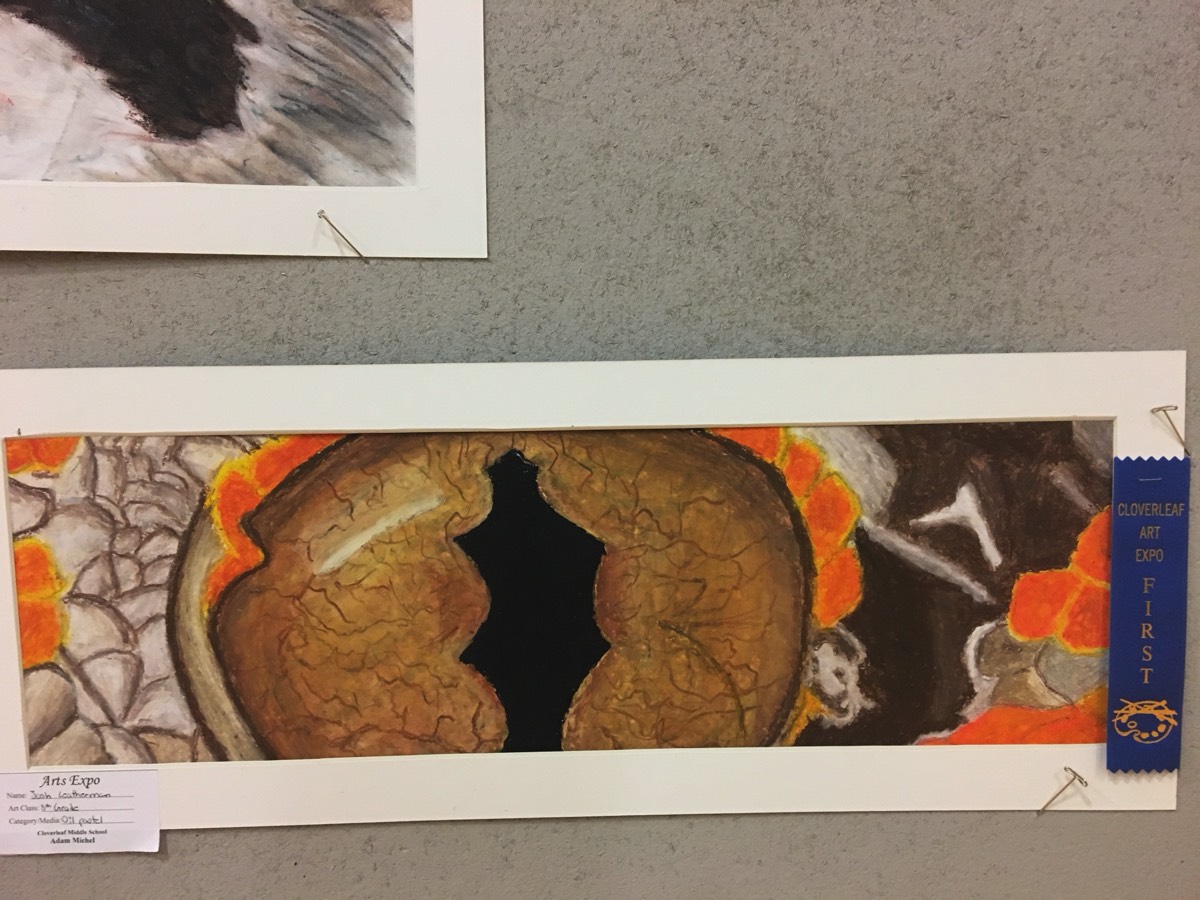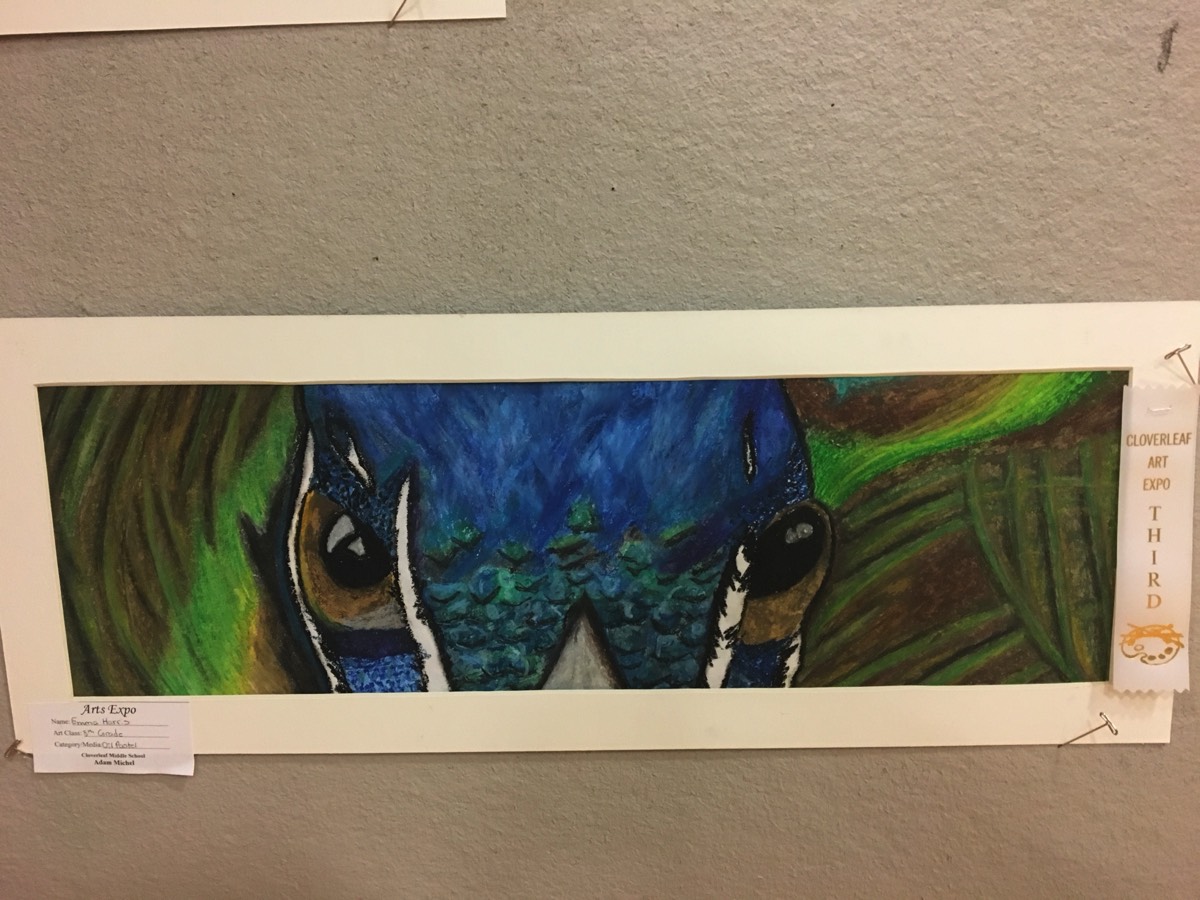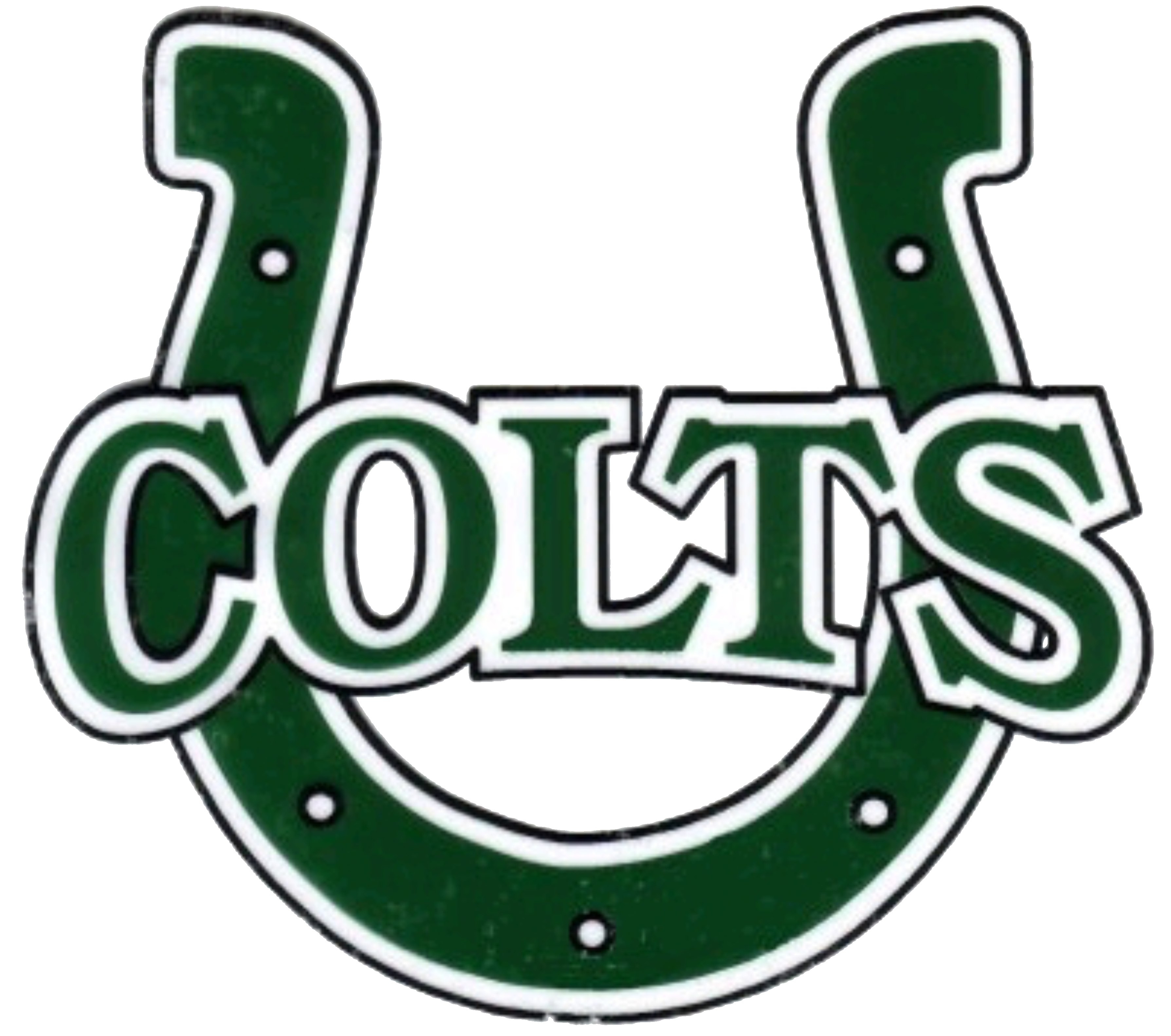Animal Eye Project

Project Description
In this project, you will delve into the fascinating world of animal eyes using oil pastels. Animal eyes are not only windows to their souls but also showcase an incredible array of colors, textures, and reflections. Through this project, you will learn to observe and recreate these intricate details while experimenting with the vibrant medium of oil pastels.
Objectives:
Study the unique characteristics of animal eyes, including color, texture, and reflections. Develop proficiency in using oil pastels to create vivid and realistic artworks. Practice layering and blending techniques to capture depth and luminosity. Improve attention to detail and observation skills. Create a finished oil pastel artwork that showcases the beauty and complexity of an animal's eye.
Materials:
Drawing paper or specialized pastel paper Oil pastels in a range of colors Erasers (kneaded eraser and/or vinyl eraser) Reference images of animal eyes (photographs or illustrations) Optional: Blending tools such as cotton swabs or tortillons
Instructions:
Introduction to Animal Eyes:
Begin by discussing the unique features and characteristics of animal eyes. Explore the ways in which different species' eyes are adapted to their environments and roles.
Selecting a Reference Image:
Instruct participants to choose a high-quality reference image of an animal's eye. This could be a close-up photograph or an illustration that highlights the intricate details.
Observation and Sketching:
Encourage participants to spend time observing the reference image, paying attention to colors, shapes, reflections, and textures. Have them create a light pencil sketch of the eye on the drawing paper.
Color Exploration:
Guide participants in selecting an appropriate color palette for their artwork. Discuss color theory and how to mix and blend oil pastels to achieve desired shades and tones.
Layering and Blending:
Demonstrate layering and blending techniques using oil pastels. Explain how to achieve smooth transitions between colors and how to build up layers to capture the eye's depth and texture.
Focusing on Details:
Instruct participants to focus on one area of the eye at a time. Encourage them to carefully observe and replicate details such as the iris pattern, catchlights, and reflections.
Adding Highlights and Shadows:
Demonstrate how to add highlights to create a sense of depth and dimension. Discuss where light sources are coming from and how they affect the eye's appearance.
Texture and Effects:
Guide participants in using various techniques to recreate the textures found in animal eyes. This might include using short strokes, cross-hatching, or stippling to mimic fur, scales, or other features.
Refinement and Final Touches:
Encourage participants to refine their artwork by adding fine details, adjusting colors, and perfecting textures. Emphasize the importance of patience and attention to detail.
Presentation:
Once the artwork is complete, have participants present their oil pastel animal eye drawings to the group. Encourage them to share their experiences, challenges, and what they learned from the process.
Assessment Criteria:
Accurate representation of the chosen animal's eye anatomy and details. Skillful use of oil pastels to blend colors and create texture. Attention to highlights, shadows, and reflections for a three-dimensional effect. Overall composition and visual impact of the artwork. Demonstrated understanding of the unique characteristics of the chosen animal's eye.
Through this project, participants will not only develop their artistic skills but also gain a deeper appreciation for the complexity and beauty of the natural world. Feel free to tailor the project to suit the skill level and interests of your participants.
Objectives:
Materials:
Instructions:
Introduction to Animal Eyes:
Begin by discussing the unique features and characteristics of animal eyes. Explore the ways in which different species' eyes are adapted to their environments and roles.
Selecting a Reference Image:
Instruct participants to choose a high-quality reference image of an animal's eye. This could be a close-up photograph or an illustration that highlights the intricate details.
Observation and Sketching:
Encourage participants to spend time observing the reference image, paying attention to colors, shapes, reflections, and textures. Have them create a light pencil sketch of the eye on the drawing paper.
Color Exploration:
Guide participants in selecting an appropriate color palette for their artwork. Discuss color theory and how to mix and blend oil pastels to achieve desired shades and tones.
Layering and Blending:
Demonstrate layering and blending techniques using oil pastels. Explain how to achieve smooth transitions between colors and how to build up layers to capture the eye's depth and texture.
Focusing on Details:
Instruct participants to focus on one area of the eye at a time. Encourage them to carefully observe and replicate details such as the iris pattern, catchlights, and reflections.
Adding Highlights and Shadows:
Demonstrate how to add highlights to create a sense of depth and dimension. Discuss where light sources are coming from and how they affect the eye's appearance.
Texture and Effects:
Guide participants in using various techniques to recreate the textures found in animal eyes. This might include using short strokes, cross-hatching, or stippling to mimic fur, scales, or other features.
Refinement and Final Touches:
Encourage participants to refine their artwork by adding fine details, adjusting colors, and perfecting textures. Emphasize the importance of patience and attention to detail.
Presentation:
Once the artwork is complete, have participants present their oil pastel animal eye drawings to the group. Encourage them to share their experiences, challenges, and what they learned from the process.
Assessment Criteria:
Through this project, participants will not only develop their artistic skills but also gain a deeper appreciation for the complexity and beauty of the natural world. Feel free to tailor the project to suit the skill level and interests of your participants.
Learning Objectives
Learning Objectives:
Rubric
Rubric:
Rubrics have become popular with teachers as a means of communicating expectations for an assignment, providing focused feedback on works in progress, and grading final products. A rubric is a document that articulates the expectations for an assignment by listing the criteria, or what counts, and describing levels of quality from excellent to poor.
The rubric for the animal eye project can be viewed, downloaded and printed below. Enjoy
Rubrics have become popular with teachers as a means of communicating expectations for an assignment, providing focused feedback on works in progress, and grading final products. A rubric is a document that articulates the expectations for an assignment by listing the criteria, or what counts, and describing levels of quality from excellent to poor.
The rubric for the animal eye project can be viewed, downloaded and printed below. Enjoy
Artist: Bob Richardson
Bob Richardson has been cited as one of the best pastel artists of his generation. His recent one-man show at Clark Art, in Hale, demonstrates just why. He lives in Sale with his wife, Helga, says his earliest memories are of walking past the Salford Docks with his mother, as they burned, throwing flames and smoke into the night sky, following a bombing raid by the German Luftwaffe. This visual imprint and memory, followed by the later decay and eventual destruction of the Salford he grew up in, was a driving force in Bob’s early work, which put him firmly on the map as a key artist of the Northern School, alongside LS Lowry - who he knew well - fellow Salford resident Harold Riley and close friend Arthur Delaney.
His career as a professional fine artist followed a career as a commercial artist, a story that is told in full in a book about his life, co-authored by me, Kate Houghton, and Bill Clark, a renowned specialist in Northern Art and the owner of Clark Art gallery in Hale. The biography is a fascinating insight into the art scene when Bob first entered it, from conversations with Lowry to old-fashioned patronage and discovery.
His career as a professional fine artist followed a career as a commercial artist, a story that is told in full in a book about his life, co-authored by me, Kate Houghton, and Bill Clark, a renowned specialist in Northern Art and the owner of Clark Art gallery in Hale. The biography is a fascinating insight into the art scene when Bob first entered it, from conversations with Lowry to old-fashioned patronage and discovery.
Handout
The handout below will help students get started on understanding key concepts for this specific project. You can look, download and print it below. Enjoy!
Project Example

Project Demonstration
Student Work
You're Ready to Start Your Project.
Project Submission

Animal Eye Comments
- 1
- 2
- 3
- 4
- 5
- 6
- 7
- 8
- 9
- 10
- 11
- 12
- 13
- 14
- 15
- 16
- 17
- 18
- 19
- 20
- 21
- 22













